The Mendelson Advanced Facial Anatomy Course (MAFAC), previously known as the Melbourne Advanced Facial Anatomy Course, is much more than a course. It is a philosophy of teaching and learning that has reshaped how surgeons worldwide understand facelift anatomy. Founded on camaraderie, generosity, and the passion for knowledge, it has become a gathering place for surgeons who come not only to refine their skills but also to question and reshape the very foundations of facial surgery.
A Brief History of MAFAC
MAFAC began in Melbourne in 2009, led by Dr Bryan C. Mendelson with early contributors such as Mr Simon Bernard and Prof. Mark Ashton. What started as a local initiative with support from the Australasian Society of Aesthetic Plastic Surgeons (ASAPS), soon grew into an international program, reaching centres such as the Mayo Clinic and Amsterdam. Over the years, MAFAC has trained hundreds of surgeons and influenced global thinking on facelift anatomy. We have all been inspired by Bryan’s vision that often speaks of these beginnings with gratitude, of faculty dinners where friendships were built, of the first courses at Melbourne University, and of his belief that teaching must remain humble, personal, and generous. This spirit continues to guide the course today.
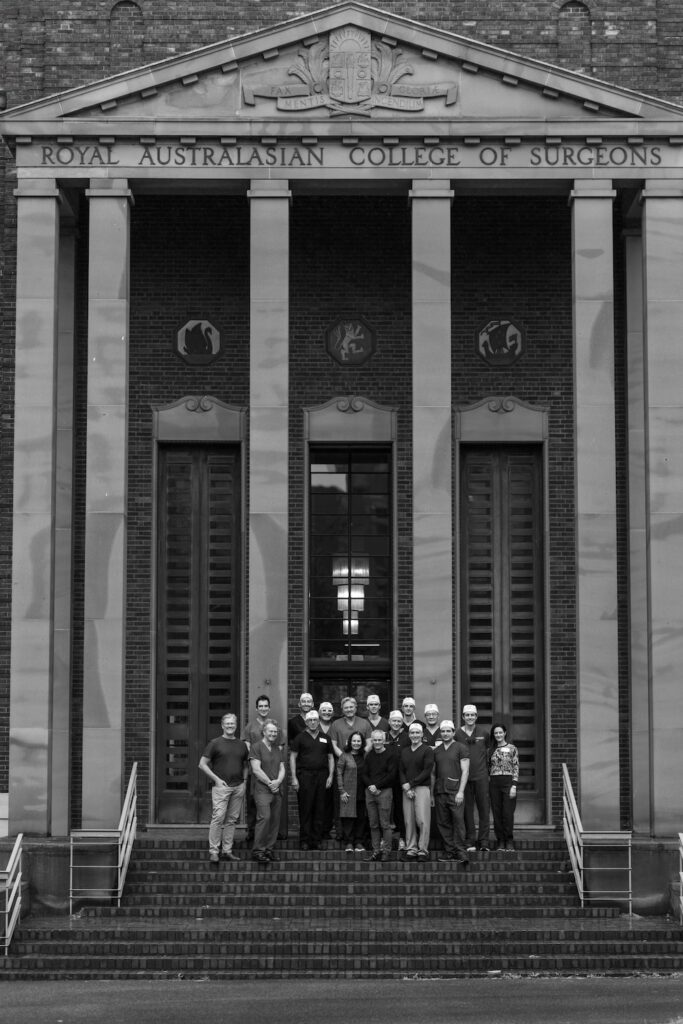
My Path from Student to Faculty
I initially attended MAFAC as a student for the first three courses. Each time I left with new insights, reminded that anatomy is something alive and dynamic, and its knowledge is constantly evolving. Later, I had the privilege of joining the faculty. Standing beside colleagues from across the world, I discovered how much one learns through teaching; in discussion, in debate, and in the quiet reflection that follows a day at the dissection table.
Like Bryan often reminded us:
“The true teacher never stops being a student.”
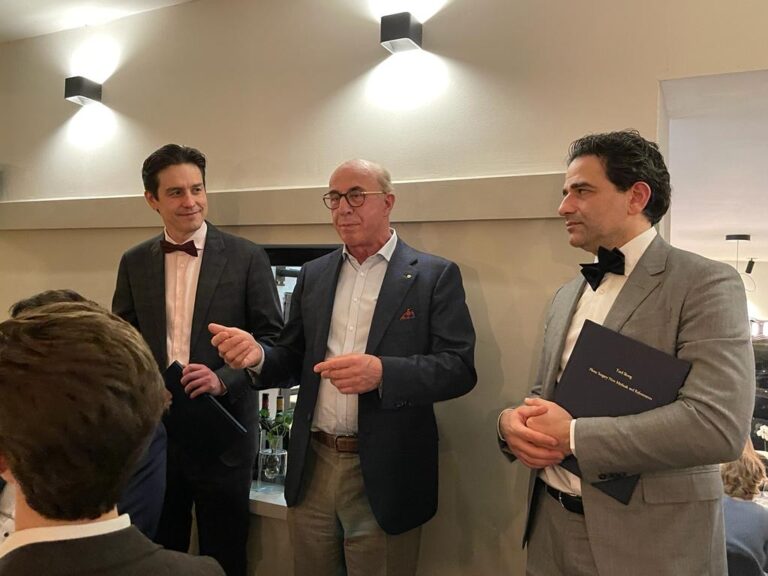
The Spirit of the MAFAC Family
MAFAC is more than a course; it is a family. Its spirit lies in humility at every dissection table, where an experienced faculty member works side by side with already skilled attending surgeons. Together they come with open minds and the shared desire to explore anatomy at a deeper level, learning through genuine exchange and mutual respect.
The glue is passion for anatomy. The essence is teaching. The atmosphere is camaraderie. And the outcome is growth for everyone who takes part.
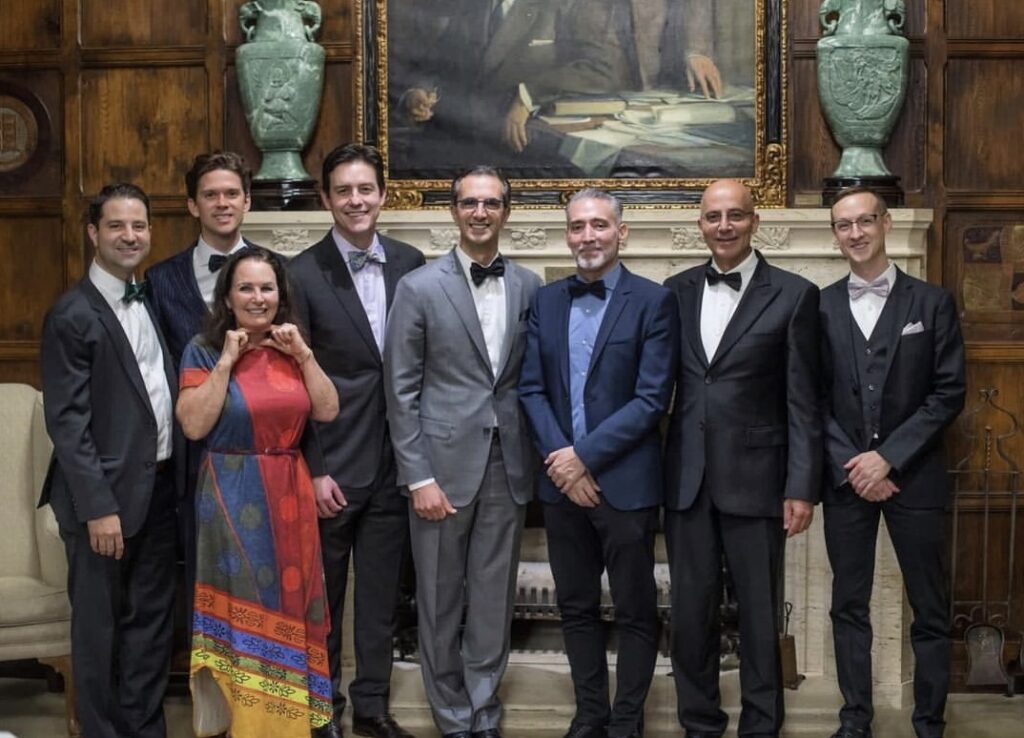

Bryan Mendelson’s Vision
At the heart of MAFAC is the vision of Dr Bryan C. Mendelson. His work has shaped the modern understanding of facelift anatomy such as the retaining ligaments, or the facial spaces where “the anatomy reveals itself”. Yet beyond the technical, his voice is one of generosity and encouragement.
His reflections, in lectures, letters, and even holiday messages to the faculty, carry the same tone: gratitude, humility, and joy in seeing others grow. He reminds us that repetition is the price of mastery, excellence is not a final destination but a lifelong process, and that the camaraderie of teaching together is as valuable as the knowledge shared.
A New Way to See Anatomy
One of the most profound lessons of MAFAC is that anatomy is not constant. It is reinterpreted, debated, and refined with every course, and every research finding. What once were descriptions of layers have evolved into concepts of glide planes, retaining ligaments, and the seamless continuity of the face and neck. This way of thinking has changed how facelifts are planned: moving tissue along natural vectors, respecting the anatomy, and striving for sound structural support.
As Bryan once wrote a message that captures the transformative spirit of the course,
“MAFAC is re-writing the anatomy with a different way of thinking.”
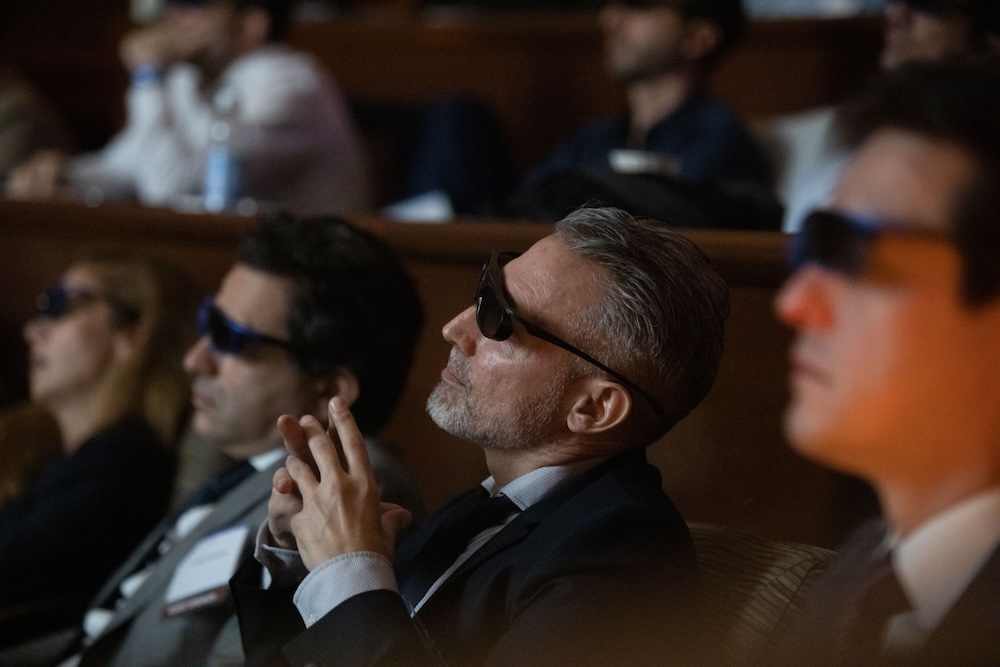
Key Learnings That Changed Facelift Surgery
MAFAC has transformed the way we think about facelift surgery. Some of the most influential learnings include:
- The identification of the premasseteric and prezygomatic spaces, clarifying the anatomy of the midface and offering safer strategies for repositioning tissue.
- A deeper understanding of the retaining ligaments of the face, guiding surgeons where to release and where to preserve for stability and safety.
- The recognition of the continuity of the SMAS and platysma, explaining why the face and neck can be considered together.
- The demonstration that the SMAS is not a fixed anatomical layer but a surgical construct, reshaping decades of surgical teaching and sparking new perspectives.
- Recent publications on glide planes and ligament reattachment, showing how respecting natural planes and restoring support structures can lead to more stable outcomes.
These insights have had a profound impact not only on how facelifts are performed, but also on how surgeons are trained to think about anatomy. MAFAC continues to serve as a bridge between research, teaching, and surgical practice.
Lessons Brought Into My Practice
The impact of MAFAC on my surgical practice has been deep and lasting. It taught me to see anatomy as living relationships between ligaments, spaces, muscles, and nerves. This perspective has changed how I plan and perform facelifts. It has reinforced the value of safe dissection, deepened my respect for natural planes, and strengthened my focus on creating durable support.
“Every patient benefits indirectly from this collective learning. What I bring into theatre is not only my own experience, but also the shared wisdom of the MAFAC family.” Rodrigo Teixeira.
A Global Fellowship of Learning
From its origins in Melbourne, MAFAC has grown into a global fellowship. At the Mayo Clinic in 2024, it was recognised as one of the most impactful surgical courses. In Amsterdam and other centres, the spirit remains the same: we learn more when we learn together. Surgeons from every continent arrive with their questions and challenges, and leave with knowledge, friendships, and renewed passion for their craft.
Bryan captured this feeling in one of his texts,
“The future of MAFAC lies with the next generation of the family, who will carry its vision with the same passion and humility.”
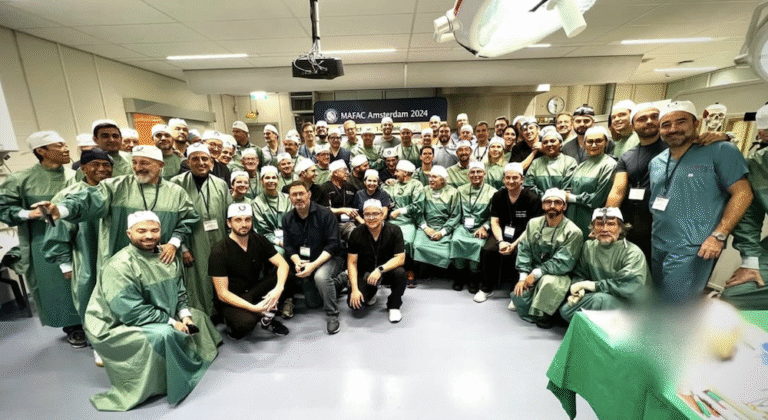
Lifelong Student, Lifelong Teacher
Teaching is learning. MAFAC has taught us that knowledge grows when shared, that humility is the foundation of mastery, and that camaraderie makes the pursuit of excellence a joy rather than a burden. I am grateful to have been a participant, a faculty member, and above all, a lifelong student of this extraordinary course.
This article is general information only. It does not replace a private consultation, where we discuss your goals, medical history, and whether surgery, or no treatment, is right for you. We follow Australian guidelines for cosmetic surgery, including GP referral requirements and safeguards for younger patients.